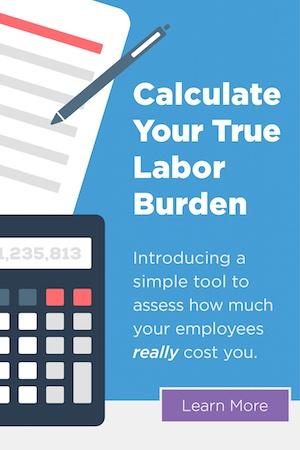The FTC’s final rule governing non-compete agreements was published in the Federal Register on May 7, 2024, which means that the rule is set to become effective on September 4, 2024, unless overruled by pending litigation. After this date, existing noncompetes for most workers will no longer be enforceable.
What is a noncompete agreement according to the rule?
Under this new rule, a noncompete agreement is considered “any term or condition of employment that prohibits a worker from, penalizes a worker for, or functions to prevent a worker from seeking or accepting employment with another business or operating a business.”
The purpose of banning noncompetes?
This rule is intended to promote competition by protecting the freedom of workers to change jobs while increasing innovation in the marketplace and fostering new business formation.
FTC Chair Lina M. Khan states that “noncompete clauses keep wages low, suppress new ideas, and rob the American economy of dynamism, including from the more than 8,500 new startups that would be created per year once noncompetes are banned.” An estimated 30 million workers, or 1 in 5 Americans are subject to a noncompete.
The exceptions to the rule
Senior executives are excluded from this rule, which defines them as workers earning more than $151,164 annually and hold policy-making positions.
Existing noncompetes for senior executives (less than 0.75% of workers) can remain in force under the FTC’s final rule, but employers are banned from entering or attempting to enforce any new noncompetes, even if they involve senior executives.
The FTC mentions customer non-solicitation agreements or employee non-recruitment, confidentiality or nondisclosure provisions are still valid on a case-by-case basis if they don’t prevent someone from getting a job.
What if you have noncompetes in place?
If your business holds noncompete agreements, you’ll need to provide notice before the effective date to workers who are bound to the agreement confirming that the noncompete agreement will no longer be enforced against them after the rule becomes effective. This notice must be provided to current and former employees who may be subject to active noncomplete clauses.
The notice must follow these specific guidelines:
- You must provide “clear and conspicuous” notice that identifies the person who entered into the agreement.
- Verbal notices do not cover this requirement. Notices must be provided in writing via email, text, or paper.
- The worker is exempt from being required to receive notice if the employer has no record of a street address, email address, or mobile phone number for the employee.
Start preparing now
Although the rule is being challenged in court it would be wise to start preparing in advance. Here’s a plan that may help you fulfill your obligations if the rule goes into effect yet did not require tremendous efforts if it gets struck down.
- Work with your legal counsel to develop a personalized plan that best fits your business needs and goals.
- Evaluate your current position: Take inventory of all your existing restrictive agreements that bind current and former employees, determine which employees fall under the “senior executive” category, and track all new noncompetes you put in place.
- Find alternatives to noncompetes. The FTC mentions alternatives to noncompetes that still enable companies to protect their investments. Trade secret laws and non-disclosure agreements (NDAs) both help employers protect proprietary and other sensitive information. In fact, researchers estimate that over 95% of workers with a noncompete already have an NDA. Instead of relying on noncompetes to retain talent, employers can compete for their services by improving wages and working conditions.
- Keep your restrictive covenants top of mind since the final version of the rule doesn’t specifically render them unenforceable. Seek counsel for help reviewing your non-solicitation, non-recruitment, non-servicing, and non-disclosure clauses to ensure you remain compliant.
- Identify your trade secrets and ensure you have proper policies and procedures in place to protect them while also limiting who has access to them. Train employees on how to handle trade secrets to protect your company against potential theft and put technological practices in place to mitigate hacking or fishing.


